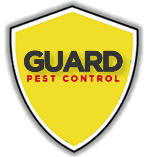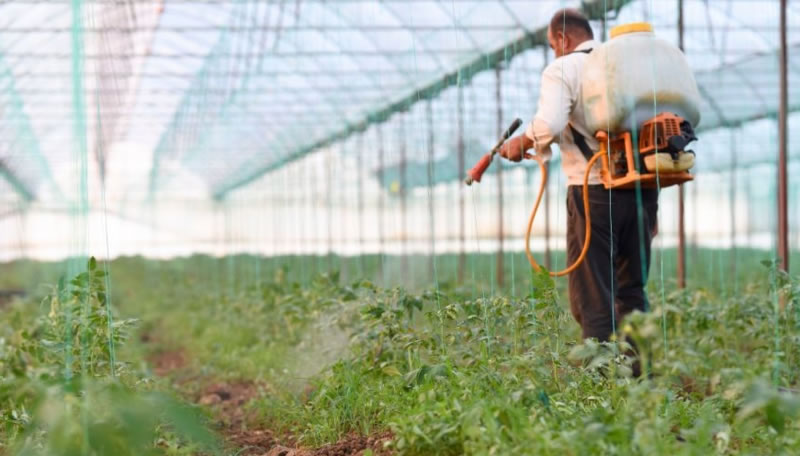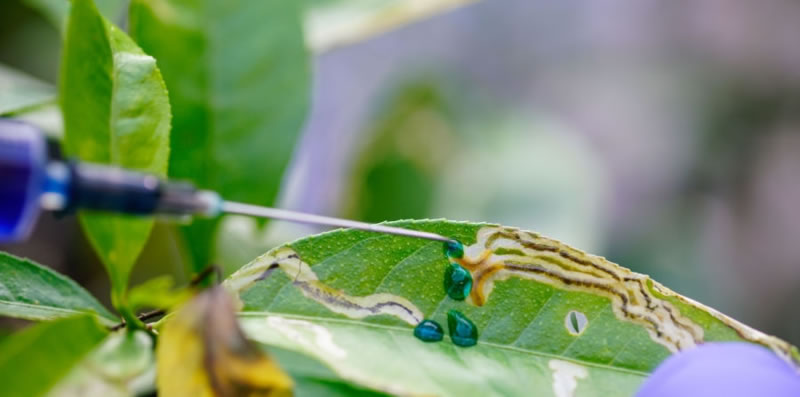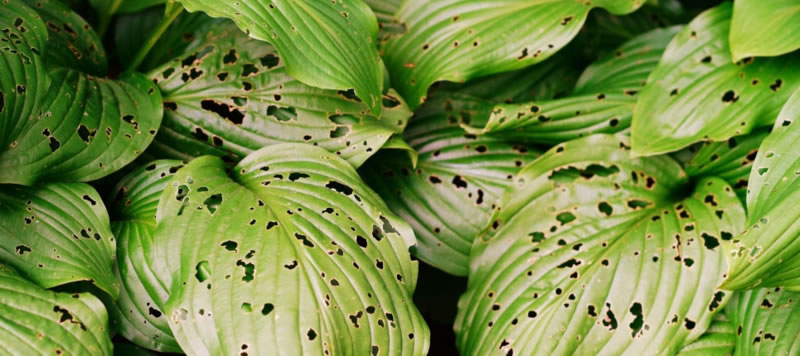Definition of Integrated Pest Management?
You and your family love your home. Well, you’re not the only ones because so do cockroaches, termites, mice, rats, flies, silverfish and a long list of other creatures. They come in search of food, water and warmth. So how can you stop them from moving in with your family? A very effective way to keep the bugs and rodents out is with something called integrated pest management (IPM). So, what is integrated pest management, and how does it work?
Integrated pest management is an effective, environmentally friendly prevention-based pest management method that provides long-lasting pest control. It is less harmful to pests and residents than traditional pest control methods.
These conventional approaches often rely on pesticides and insecticides, which can be harmful to humans. In gardens, chemical insecticides kill not only the target pests but also their predators, which can leave a hole in an ecological niche. And therefore the pests will return so you’ll have to keep spraying thereby spreading even more toxic fumes. Integrated pest management does away with this.
What integrated pest management does so well is targeting the underlying causes of insect and rodent invasion, such as fixing leaks, repairing cracks and depriving pests of the food and water they come in search of.
In short, people who adopt IPM techniques try to minimise damage from pests while reducing risks to human health and the environment.
Understanding Integrated Pest Management
An excellent way to understand integrated pest management is to compare it to traditional pest control methods. IPM is proactive and looks for ways to exclude pests with barriers, while traditional pest control is reactive. It tackles the problem after it has appeared. IPM uses multiple tools, including sanitation, proper plant selection in the garden and biological control. Non-IPM techniques rely on chemical pesticides.
IPM practitioners use pesticides that are the least toxic for humans and they rely on spot treatments in specific areas. Traditional pest control uses broad-spectrum pesticides that can kill many kinds of insects. They also spray over large areas.
Advantages of Integrated Pest Management
Among the key benefits of this innovative approach to pest control are:
- The use of a variety of pest control methods, so reducing the need for pesticides.
- Protects the environment from unnecessary pesticide applications.
- Promotes healthy plants and the importance of well-maintained homes.
- Promotes clean water supplies.
Practice IPM in Your Home
One of the best ways of tackling the pests is through prevention methods. Here are a few tips to help you proactively prevent unwanted tiny invaders from gaining a foothold in your home.
- Keep your home need and tidy. Mop up spills straight away, don’t leave pet food lying around and clear up clutter that could be breeding grounds for pests.
- Put up the barricades. Use barriers such as screens and netting to keep the insects out of your living areas.
- Remove enticements such as greasy foods that attract ants.
- Do some detective work and go looking for problems and faults around your home that invaders take advantage of to get inside. Then repair them. For example:
- Look at crevices at wall junctions, in between cabinets and under sink basins. Seal them with a sealant.
- Check the refrigerator door to make sure it closes properly and has a good seal.
- Seal any gaps in shower basins.
- Remove debris from gutters to avoid a build-up of dirt.
- Cutback overgrown vegetation in front and back gardens.
- Remove cracked and loose concrete on driveways.
There are so many other things you can do in and around the home to keep the pests out as a part of your integrated pest control management approach.
- Keep food in sealed containers.
- Don’t leave pet food out overnight.
- Don’t leave dirty dishes in the sink for hours on end.
- Regularly inspect your home for holes, damage and water leaks.
- Keep your rubbish in sealed containers.
- Rinse out any recyclables before placing them in their appropriate bins.
Pest-Specific IMP Tips Inside Your Four Walls
- Flies – hang screens, fix fly paper and remove breeding areas such as rubbish mounds.
- Carpenter ants – they home in on damp and damaged wood. Fix the problem by repairing or replacing wooden structures.
- Termites – the best defences are reducing moisture and using baits (professional pest control experts can help with this).
- Mosquitos – prevent water from accumulating in low areas, such as plant pots, rubbish bins and pool covers.
- Cockroaches – frequently empty rubbish containers, keep drawers and cupboards scrupulously clean, don’t store food on counter tops and use roach traps.
- Clothes moths – always clean your clothes before storing and place them in closed plastic bags.
Practice IPM In Your Garden
- Grow pest-resistant shrubs and trees.
- Clean up any plant debris or diseased plant materials.
- Maintain a well-fertilised lawn to combat weeds.
Pest Traps
Pest traps are a key component of integrated pest management. They are also becoming more popular among consumers who are concerned about the toxicity of pesticides and insecticides. There is a wide variety of traps that offer different approaches, such as the use of pheromone lures, baits or even sticky substances.
Sticky Traps
These are glue-based traps that can consist of a glue layer on a piece of cardboard. Some use aromas to lure insects. Among the bugs readily caught by sticky traps are spiders, cockroaches and mites.
Pheromone Traps
A type of insect trap that uses sex pheromones and aggregating pheromones to attract insects.
Adopt IPM Methods
You do not need to be an expert to practice integrated pest control management, although you may want to contact the professionals for advice. They can also help you to pest-proof your home. IPM requires a little bit of time and also some knowledge of the insect world. For example, not every critter that comes into your home will be a pest. Learn to identify which are a problem and which aren’t.
Above all, stay on top of the situation with regular inspections of your home and garden, both during the day and the night. Then you can enjoy a happy and pest-free existence.



